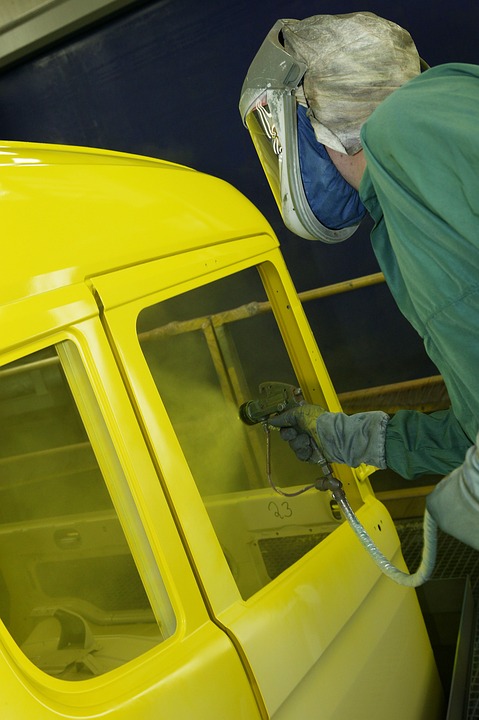Introduction
Airbrush painting is a versatile and highly detailed technique that requires careful mixing of paint to achieve the desired results. In this guide, we will walk you through the process of mixing airbrush paint like a pro, covering everything from choosing the right paint to achieving the perfect consistency.
Choosing the Right Paint
Before you start mixing your airbrush paint, it’s important to choose the right type of paint for your project. Acrylic paints are commonly used for airbrushing due to their quick drying time and versatility. Make sure to select high-quality paints that are specifically formulated for airbrushing to achieve the best results.
Preparing Your Workspace
Set up a clean and well-ventilated workspace before you start mixing your airbrush paint. Make sure to cover any surfaces you don’t want to get paint on and wear protective gear such as gloves and a mask to avoid inhaling fumes.
Mixing Your Paint
Now it’s time to mix your paint. Start by pouring a small amount of paint into a mixing cup. Use a dropper or pipette to add a few drops of thinner to the paint, mixing it well with a stirring stick as you go. Keep adding thinner until you achieve the desired consistency, which should be smooth and easy to spray through the airbrush.
Testing Your Paint
Before you start painting, it’s important to test your paint on a scrap piece of paper or cardboard. Adjust the thinning ratio if necessary until you achieve the perfect balance of paint and thinner for smooth, even coverage.
Cleaning Your Airbrush
After you finish painting, don’t forget to clean your airbrush thoroughly to prevent clogs and damage. Use a cleaning solution specifically designed for airbrushes and follow the manufacturer’s instructions for the best results.
Conclusion
Mastering the art of mixing airbrush paint is essential for achieving professional-quality results in your projects. By following this step-by-step guide, you can learn how to choose the right paint, achieve the perfect consistency, and clean your airbrush properly for optimal performance. With practice and patience, you can become a pro at airbrush painting in no time.
FAQs
Q: Can I use regular paint for airbrushing?
A: While it’s possible to use regular paint for airbrushing, it’s highly recommended to use paints specifically formulated for airbrushing to achieve the best results.
Q: How do I know if my paint is thinned enough?
A: Your paint should have a smooth consistency that flows easily through the airbrush without clogging. Test your paint on a scrap piece of paper to see if it sprays evenly before starting your project.
Q: How often should I clean my airbrush?
A: It’s best to clean your airbrush after every use to prevent clogs and maintain optimal performance. Follow the manufacturer’s instructions for cleaning and maintenance for the best results.

